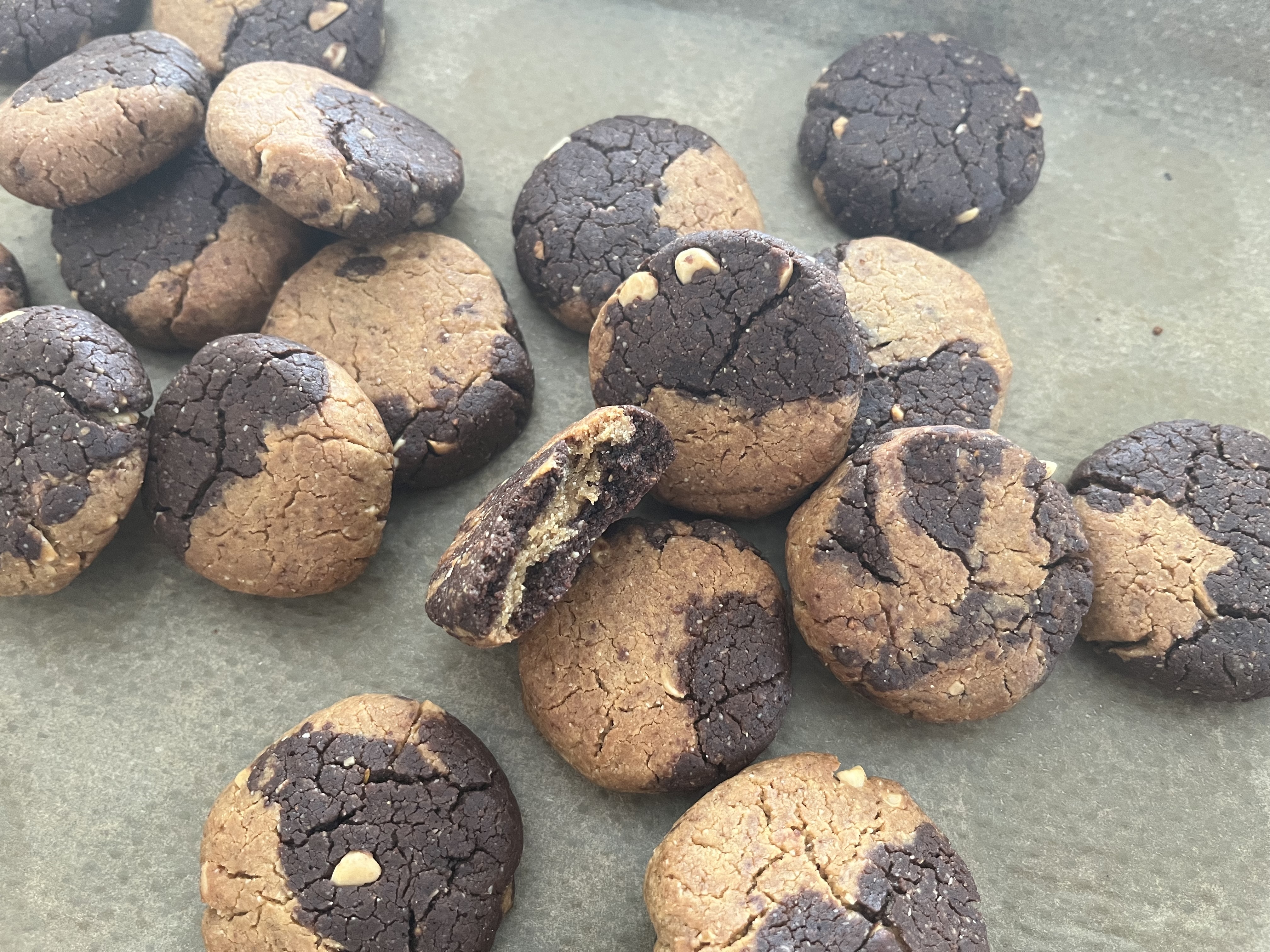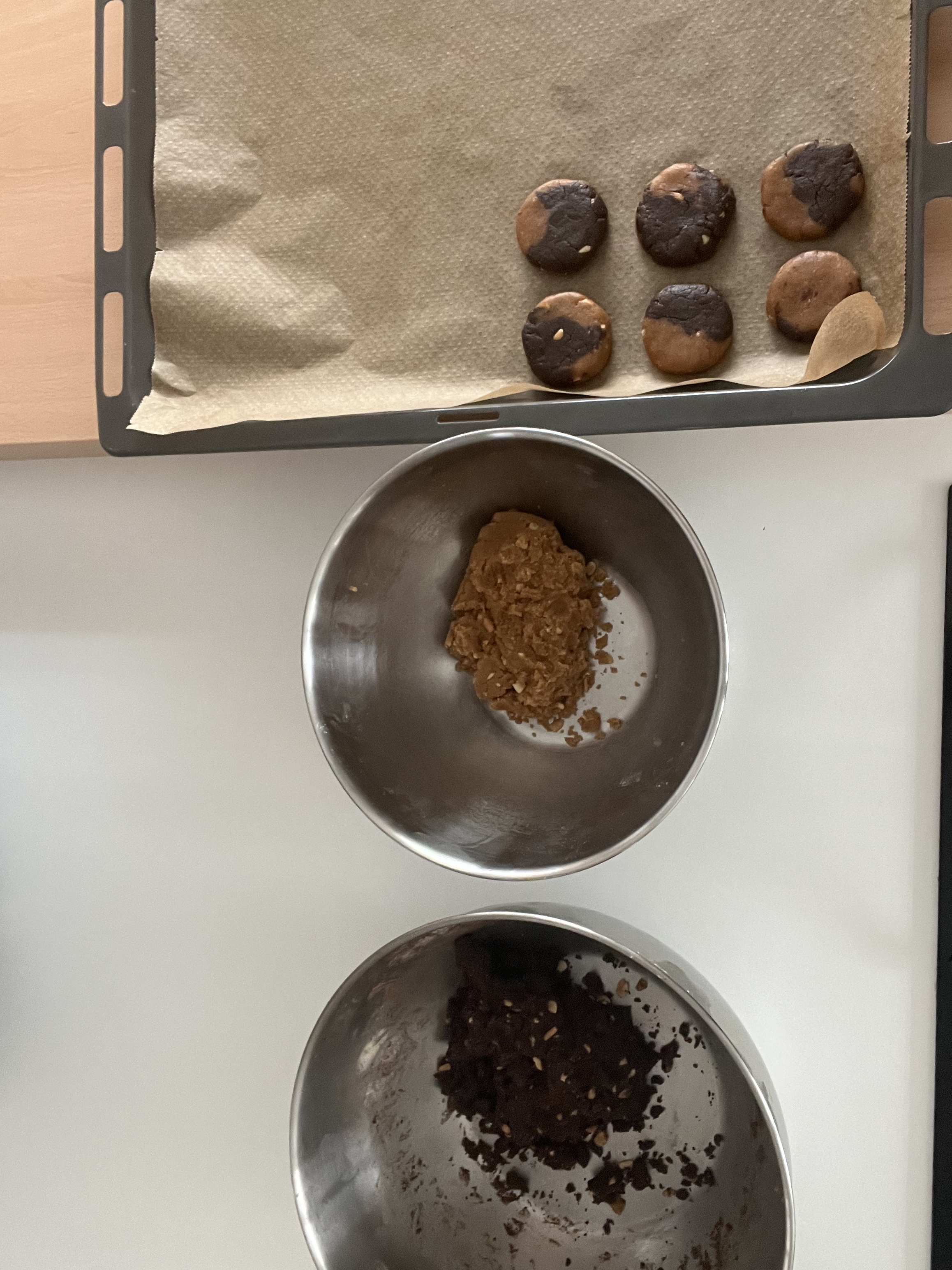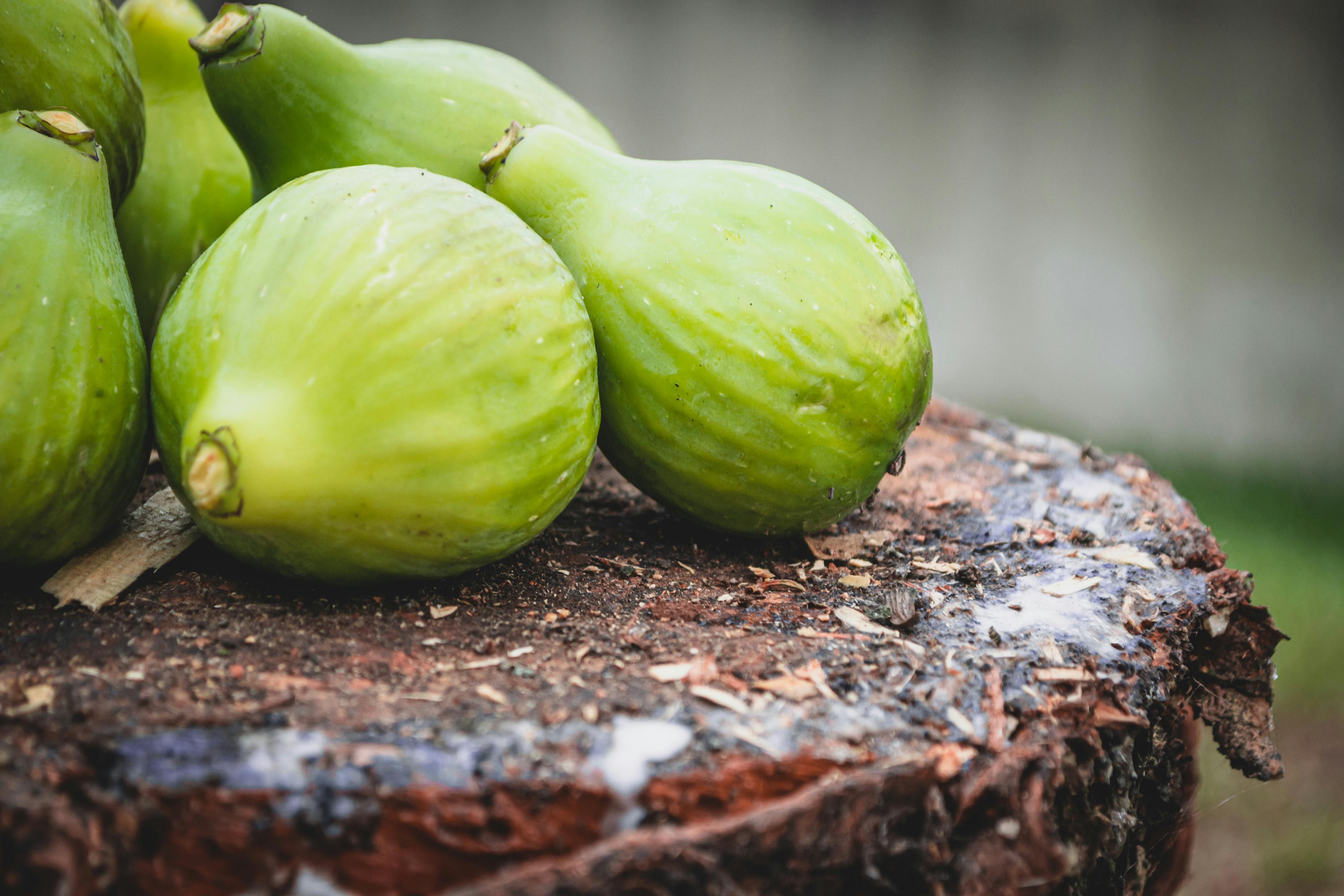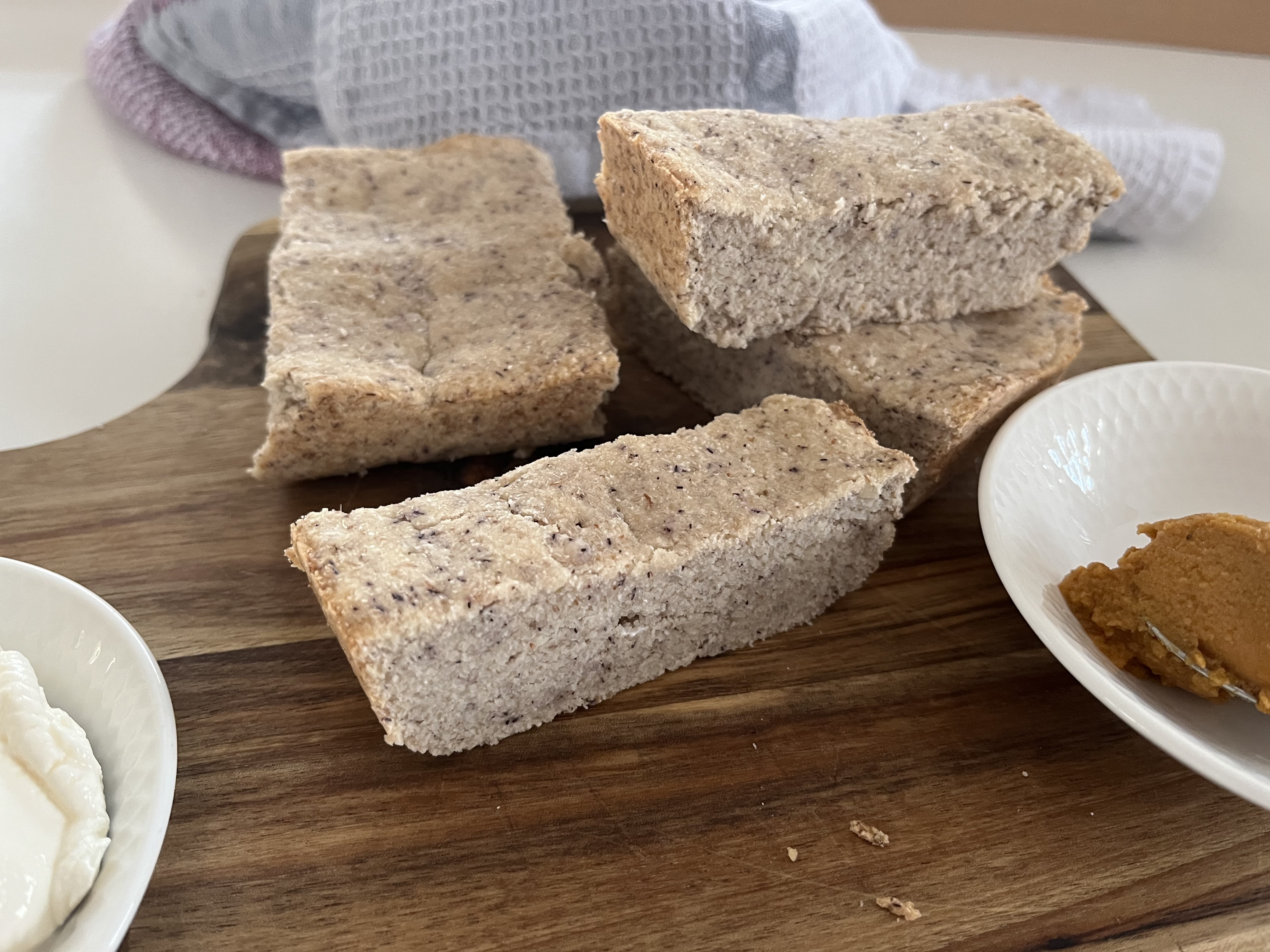 |
Nature’s Dessert Cookbook: Healthy, Delicious & Naturally Sweet Recipes Don’t want or can’t tolerate sugar alcohols and artificial sweeteners? This cookbook is for you! Every dessert is naturally sweetened with whole ingredients rich in fiber and protein, slowing sugar absorption and making them diabetic-friendly. It gathers your favorite recipes from the website—plus brand-new ones—all in one convenient place. Indulge in truly natural treats without compromise! |
 |
Diabetic Baked Goods: Everyday Bakes for Every Meal Diabetic cookbook designed to make healthy baking simple, accessible, and enjoyable. This collection of low-carb, high-fiber, and protein-rich recipes provides a reliable solution for those looking to enjoy diabetic bread and baked goods without blood sugar spikes. Every recipe includes a video tutorial, making it even easier to follow along and bake with confidence! |
 |
What Makes This Cookbook Different?
|
Benefits of Peanuts: Powering Your Day the Natural Way
There are many benefits of peanuts. Packed with essential nutrients, peanuts not only add delightful flavor to your treats but also offer numerous health benefits that can be particularly advantageous for those managing diabetes.1
Peanuts: Rich in Healthy Fats, Protein, and Fiber
- Peanuts are rich in healthy fats, primarily monounsaturated and polyunsaturated fats, which are known to promote heart health. For diabetic individuals, maintaining a healthy heart is particularly important, as they tend to be at a higher risk of cardiovascular ailments.
- One of the most notable benefits of peanuts is their high protein content. Just one serving of peanuts can provide an ample amount of protein, which is essential for muscle repair and overall energy. This makes peanuts an excellent addition to your dietary plan, helping to keep you or your diabetic child feeling satisfied and energized throughout the day.
- Another key advantage of peanuts is their high fiber content. Fiber is crucial for maintaining stable blood sugar levels, as it slows down the absorption of sugar into the bloodstream. This means that incorporating peanuts into your desserts can help manage blood glucose levels effectively.
Nutritional Benefits of Peanuts for Diabetics
There are many benefits of peanuts for diabetics. One reason why peanuts are particularly beneficial for diabetics2 is their low glycemic index (GI). Foods with a low GI release sugar more slowly into the bloodstream, preventing spikes in blood glucose. Therefore, desserts made with peanuts can be a safer and smarter choice for those managing diabetes.
In addition to their macronutrient profile, peanuts are packed with essential vitamins and minerals3. For example, peanuts are an excellent source of magnesium, which plays a vital role in blood sugar regulation. Adequate magnesium intake can help improve insulin sensitivity, an essential factor for diabetics.
Peanuts also contain a significant amount of vitamin E, an antioxidant that helps protect your body’s cells from damage. Antioxidants are crucial for reducing oxidative stress, which can be particularly high in diabetic individuals and contributes to various complications.
It’s also worth mentioning the carbs in peanuts. While peanuts do contain carbohydrates, they do so in moderate amounts and with a low glycemic impact. This makes them a diabetic-friendly option as part of balanced meals or snacks, including delicious desserts.
Peanuts: A Healthy Addition to Your Desserts
One delightful way to include benefits of peanuts in diabetic-friendly desserts is by making peanut butter cookies. Peanut butter and chocolate are a classic combination, and you can create diabetic-friendly peanut butter cookies or cups using dark chocolate with a high cocoa content and natural peanut butter. These treats are rich in antioxidants and provide a delightful flavor boost without excessive sugar.
Of course, I prefer natural peanut butter without added sugars (and salt) to keep the carbohydrate content low while still enjoying a tasty and satisfying treat.
 |
 |
Energy bars made with peanuts are another fantastic option. These bars can be packed with other nutrient-dense ingredients like oats, seeds, and dried fruits (like pitted dates). They are not only easy to make but also provide sustained energy without causing significant spikes in blood sugar.
On days when my little one with diabetes is more active, it's a good idea to make energy bars that differ from those we prepare for the night, which aim to prevent nighttime hypoglycemia and keep blood sugar levels as stable as possible, but also at a lower range.
Try these recipes to see if they work for you:
1. Energy Bars with Peanuts, Oats, and Dates for Day
Ingredients:
- 200 g dates (pitted)
- 100 g peanuts
- 100 g oats
- 2 tablespoon honey
- A pinch of salt
- 1 tablespoon coconut oil (optional, for extra creaminess)
Instructions:
- In a food processor, blend the dates until you get a sticky mixture.
- Add peanuts and oats, and continue processing until everything is combined.
- Add honey and coconut oil.
- Transfer the mixture to a baking dish lined with parchment paper, cover it with another parchment paper, and press it down firmly.
- Let it chill in the fridge for at least 2 hours, then cut into bars.
2. Energy Bars with Peanuts, Oats, Almonds, and Yogurt for Night
Ingredients:
- 100 g peanuts
- 50 g almonds
- 100 g oats
- 1-2 tablespoons Greek yogurt (for binding the mixture)
- 1-2tablespoon agave syrup
- A pinch of salt
Instructions:
- In a food processor, grind the peanuts, almonds, and oats until you get a coarse mixture.
- Add 1 tablespoon of Greek yogurt and 2 tablespoon of agave syrup, and continue mixing until the ingredients come together. Add a little more yogurt (or water) if the mixture is too dry.
- Transfer the mixture to a baking dish lined with parchment paper, cover it with another parchment paper, and press it down evenly.
- Let it chill in the fridge for at least 2 hours, then cut into bars.
Yogurt can help bind the ingredients, but add it carefully to avoid making the mixture too wet. If yogurt isn’t enough, you can add a little water.
I emphasize that recipes with peanut butter have proven to be very effective in preventing my son’s night hypoglycemia. However, I also want to point out that other ingredients must be carefully selected, ensuring they have a low glycemic index (GI).
Navigating the Risks and Caution Ahead
While peanuts offer numerous benefits, it is important to be cautious. Since they are calorie-dense, consuming them in moderation is key to avoiding excessive calorie intake, which can be detrimental to weight management and blood sugar control.
Additionally, some individuals may have peanut allergies, and it is essential to be aware of this when preparing desserts for others. Always ensure that the people you are sharing your treats with are not allergic to peanuts to keep everyone safe.
When selecting peanuts or peanut-based products, opt for those that are minimally processed and free from added sugars or unhealthy fats. Natural and unsalted peanuts or peanut butter are the best options to maximize health benefits.
In conclusion, peanuts are incredibly nutritious and versatile, making them a valuable addition to diabetic-friendly desserts. Their healthy fats, high protein, and fiber content, along with essential vitamins and minerals, make them a beneficial choice for those managing diabetes.
So whether you have diabetes or are caring for a diabetic child, incorporating peanuts into your desserts can bring both flavor and health benefits to your table. Enjoy the delicious possibilities and feel confident in the positive impact these nutritious treats have on your well-being.







